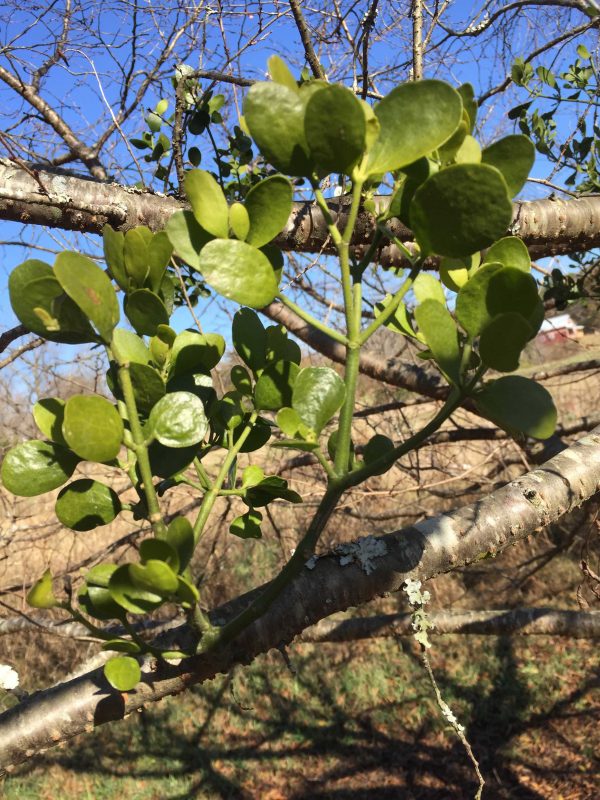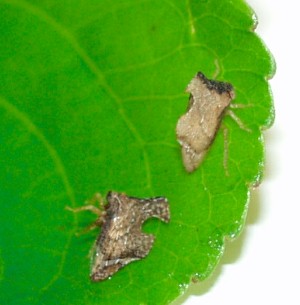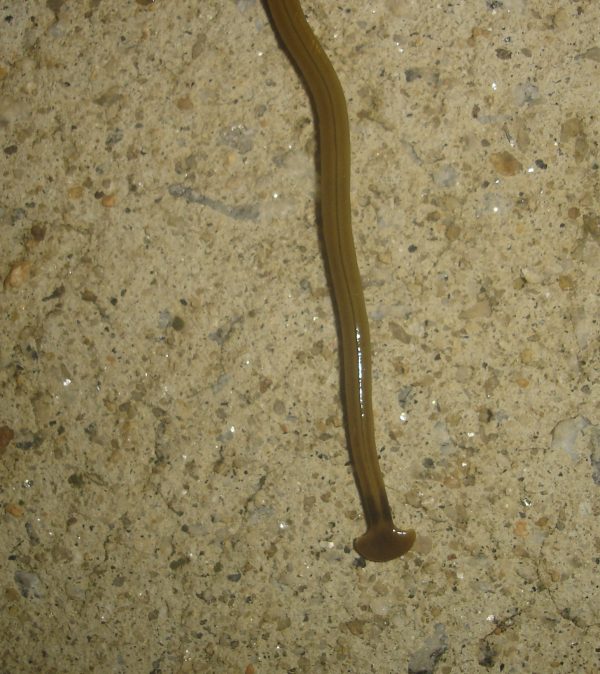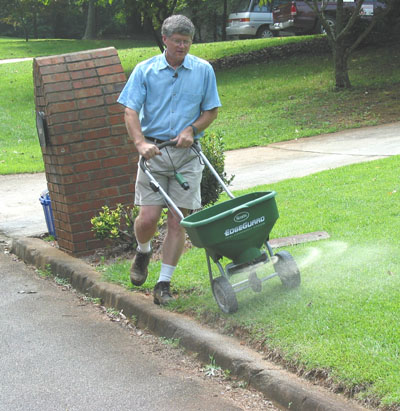Raspberry
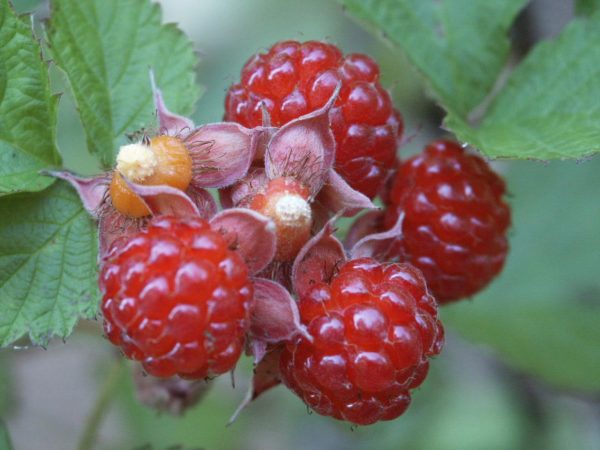
Rubus cv.
Fresh Raspberries are nearly impossible to find in grocery stores because they deteriorate quickly after picking and do not ship well. Growing a few in your backyard is the best way to enjoy these delicious fruits.
• More detailed information can be found in The Georgia Fruit & Vegetable Book by Walter Reeves and Felder Rushing
• See also Home Garden Raspberries
Other than the inconvenience of their thorns, Raspberries are easy to grow and they are the most productive of the small fruits you can plant in your garden.
Caring for Raspberries is easier when you understand how these plants grow. You will have to do a lot of pruning but the fruit is worth the effort. All brambles grow from biennial canes. These canes grow vigorously 1 year (primocanes), produce fruit the next summer (on floricanes) and then die. The crowns are perennial and remain in the ground for many years, sending up new shoots each spring. All Raspberries bear fruit in the summer. Some kinds of red Raspberries are double-cropping types and produce a crop in the fall, followed by a second crop on the same canes early the next summer. These are called “everbearing,” but “fall-bearing” would be more nearly correct. Some growers handle the everbearing plants so that they produce only a large fall crop and no crop the next summer.
WHEN TO PLANT
Plant Raspberries in the spring as soon as the ground can be worked.
WHERE TO PLANT
Choose a planting site for Raspberries that receives full sun (8 to 10 hours) and has well-drained soil. Leave enough room so that you can mow around the beds to control the suckers. These plants are susceptible to verticillium wilt, a fungus disease that infects the soil and kills susceptible plants growing in it. Do not plant Raspberries where potatoes, tomatoes, peppers, etc. have been grown in the last 5 years.
HOW TO PLANT
Raspberries are sold as 1-year-old, Grade No. 1 plants. Buy only certified disease-free plants. Most reliable suppliers and catalogs specify that their plants meet these requirements. Prepare the soil as you would for a vegetable garden. Be sure to kill off perennial weeds such as Bermudagrass or nutgrass using a non-selective herbicide. Spade or till thoroughly.
Plant Raspberries in rows or along a trellis. Raspberries sucker extensively and the erect ones will develop into a thick hedgerow on their own. Space erect Raspberries 2 feet apart in rows 8 to 10 feet apart. Space trailing Raspberry plants ten feet apart in rows 8 to 10 feet apart. Soak bare-root plants in a bucket of water to re-hydrate them and to keep them from drying out while you are planting. Dig the planting holes at least the diameter of the root spread. Set Raspberries at the same depth they grew in the nursery. Cut off broken roots, then spread out the root system in the planting hole and carefully cover it with soil. Fill the hole with water to firm the soil and force out any air pockets.
CARE AND MAINTENANCE
After planting, cut back Raspberry canes to about 1 foot tall. Burn these prunings or dispose of them in the trash to prevent diseases. Mulch well to a depth of 2 to 3 inches to conserve moisture and reduce weed competition.
Although Raspberries will grow and fruit without support, they are much more attractive and easier to care for when they are trained up in some manner on a support.
Maintenance pruning each year is the most important facet of growing brambles. Sharp hand clippers are good for the task. Wear heavy gloves and a long-sleeved shirt and be prepared to receive a few wounds along the way!
In early spring, remove all weak canes (those that are falling over or less than pencil sized) and thin out the remaining canes, saving only the largest canes. Leave 1 cane every foot in rows. Cut back all canes to 5 feet tall. (If the plants are not supported, cut them back to 3 feet.) As soon as fruiting is completed, remove all canes that bore fruit, being careful not to injure developing shoots that will bear the next year. Dispose of all trimmings to reduce chances of diseases. Everbearing red Raspberries (‘Heritage’ and ‘Redwing’) will produce a fall crop on the newly developing primocanes. Do not remove these canes after the fruit is harvested if you want a crop the next summer. If you do not intend to produce a crop the next summer, mow the entire planting down after the fall harvest with the mower set to a height of 2 to 3 inches. New primocanes will grow and produce fruit the next fall. Many commercial producers use this tremendous labor-saving system. Raspberries sucker profusely and need to be controlled. Each spring, rototill the perimeter of the planting to eliminate all suckers that have grown outside the row. Hoe out or transplant suckers that develop during the season.
Raspberries are very drought-resistant but if you want the best berry size, plan to water as the fruit is ripening. For the first two years, fertilize with 2 pounds of 10-10-10 per 100 feet of row or one-fourth pound per plant in spring and again after harvest. After two years, use 4 pounds and one-half pound, respectively, each time.
Properly maintained, healthy Raspberry plantings should produce for 10 or more years. Plantings usually deteriorate prematurely because of virus diseases for which there is no cure. Immediately rogue out any plants that begin to develop misshapen leaves. If the planting begins to consistently produce small berries, consider replacing it.
Raspberries can be attacked by insects such as mites and scale insects. Diseases such as anthracnose and spur blight can disfigure canes or ruin fruit. Your local Extension office can provide you with a spray schedule for specific pests and diseases.
Weed control, especially grass control, is important. Apply mulches to clean plantings, then hoe or pull weeds as they appear.
ADDITIONAL INFORMATION
Harvest the berries as they ripen. The berries will achieve full color when they are ready to pick. Summer-bearing Raspberries mature in late May through July. Fall-bearing types mature in September. Berries deteriorate rapidly, so don’t leave them on the plants. Birds, squirrels and insects will harvest them if you do not.
VARIETIES
Black and purple Raspberries are very susceptible to virus diseases that do not affect red Raspberries. The red Raspberries below are well suited to the Southeast.
Variety
Comment
Latham
Erect, early summer bearing, best for zones 6b – 7b
Heritage
Erect, fall-bearing, best for Zones 6b – 7b
Redwing
Erect, fall-bearing, best for Zones 6b – 7b
Dormanred
Trailing, spring-bearing, Zones 7a – 8b



